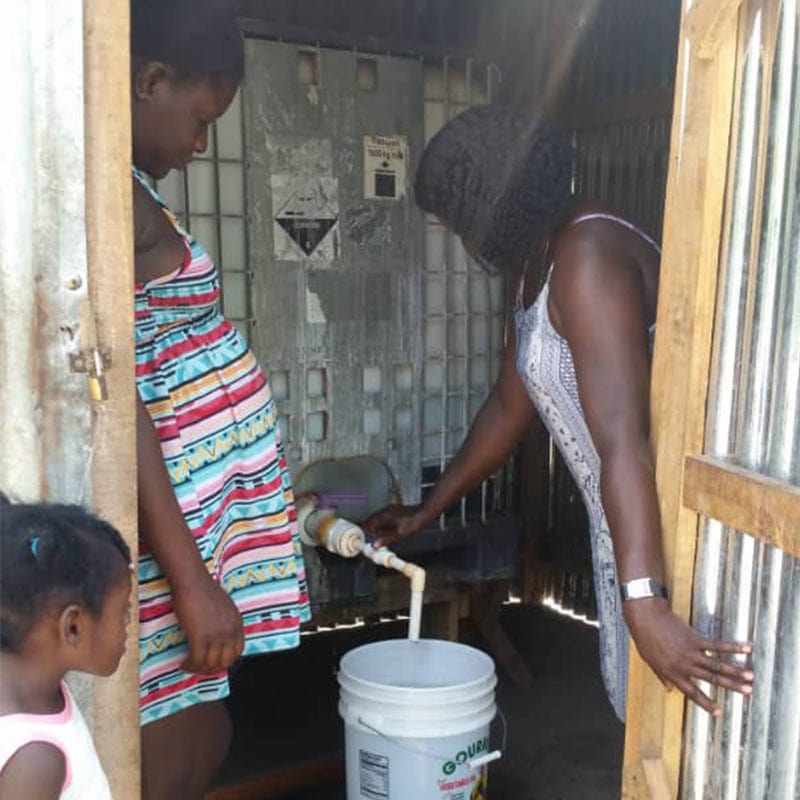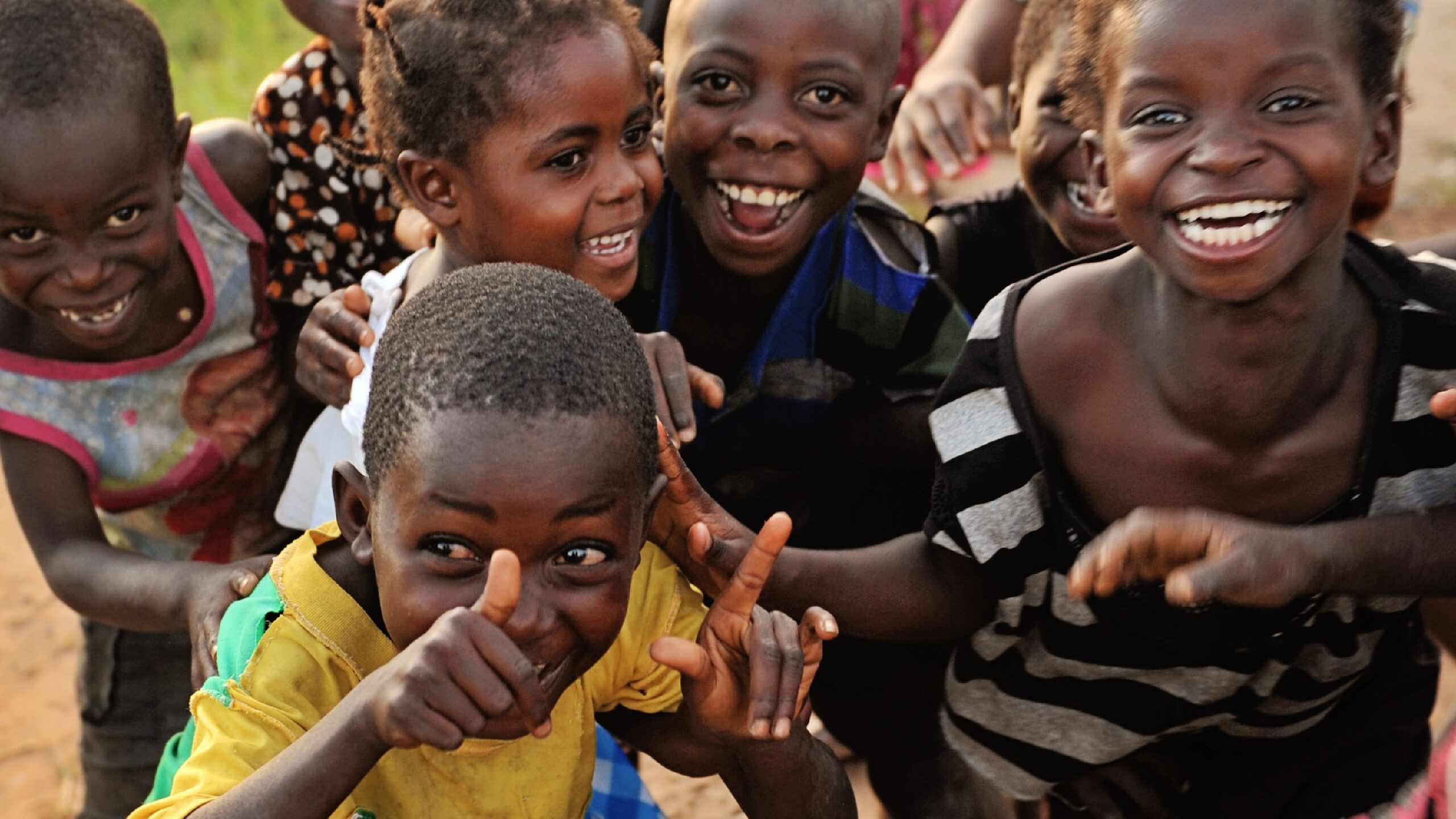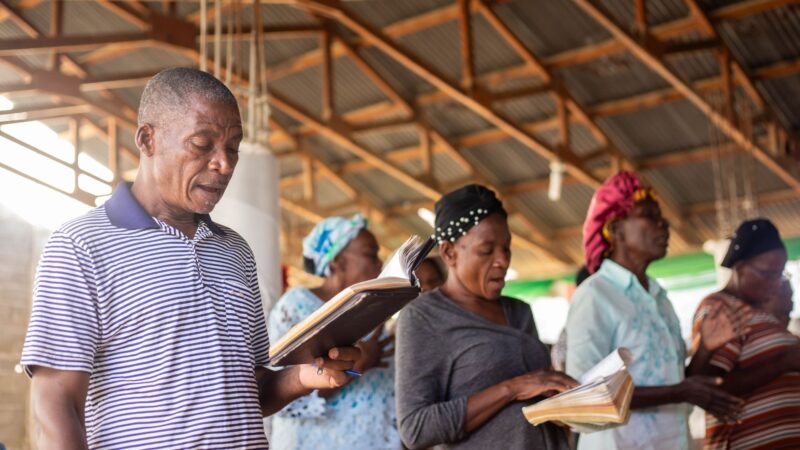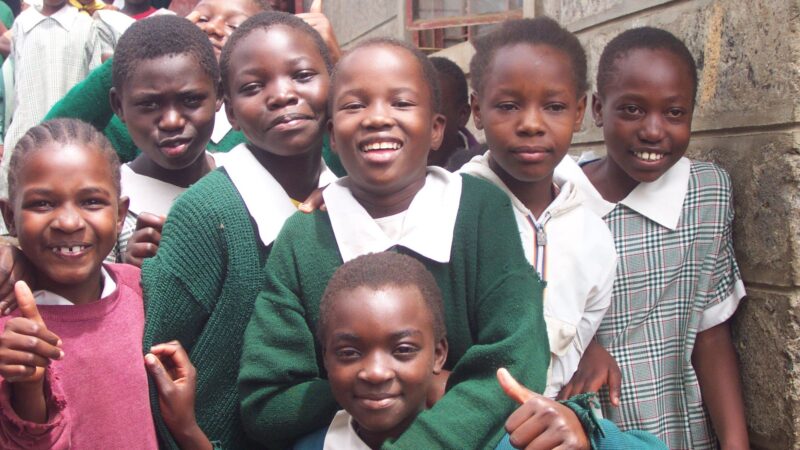Paulette, Haiti Not that long ago in Paulette, Haiti, there were just two options when you needed water—a ravine, filthy with fallen leaves, animal feces and various particles, or the salty (brackish) water that came from the well.
Not surprisingly, drinking water from the well caused people to suffer from uncomfortable belly inflation, and water from the ravine caused disease. Further, it was a half mile to a mile walk to the water, and another half mile to a mile walk back home carrying the heavy bucket full of pollutants.
As you’d expect, the contaminated water meant children arrived at school with stomachaches, and many others in the community were sick with typhoid fever.
Literally and figuratively sick of tainted water, the community came up with a better plan for water distribution. A committee from our partner church decided they’d like to buy water from a truck that comes to town, store the water, and then sell it to the community. The idea was a good one, but the committee needed some help to launch the program.
That’s where Bright Hope came in. We provided the funds the committee needed to build the shed that now holds the 264-gallon water tank.
With the space built and the tank in place, Annecie Volma, a member of the church committee, volunteers her time to sell water to the community. Currently about 45-50 households buy water from the tank each week and the remaining 20 gallons of water are given free of charge to our partner school.
Needless to say, the community welcomed the project with open arms because they no longer had to travel far to fetch bad water. Now, good water is available—and it comes to them!
Because of the water project, the occurrence of disease has been reduced and the overall community is healthier.
The only challenge is that at times the demand for the water is greater than the supply. Bright Hope is working with the community on a project that will expand the water availability by providing a purification system in Paulette. The goal of the purification project is to make certain that everyone has access to drinkable water. With a purification system in place, there will no longer be a need to purchase truckloads of water, as people will be able to produce their own drinkable water.





